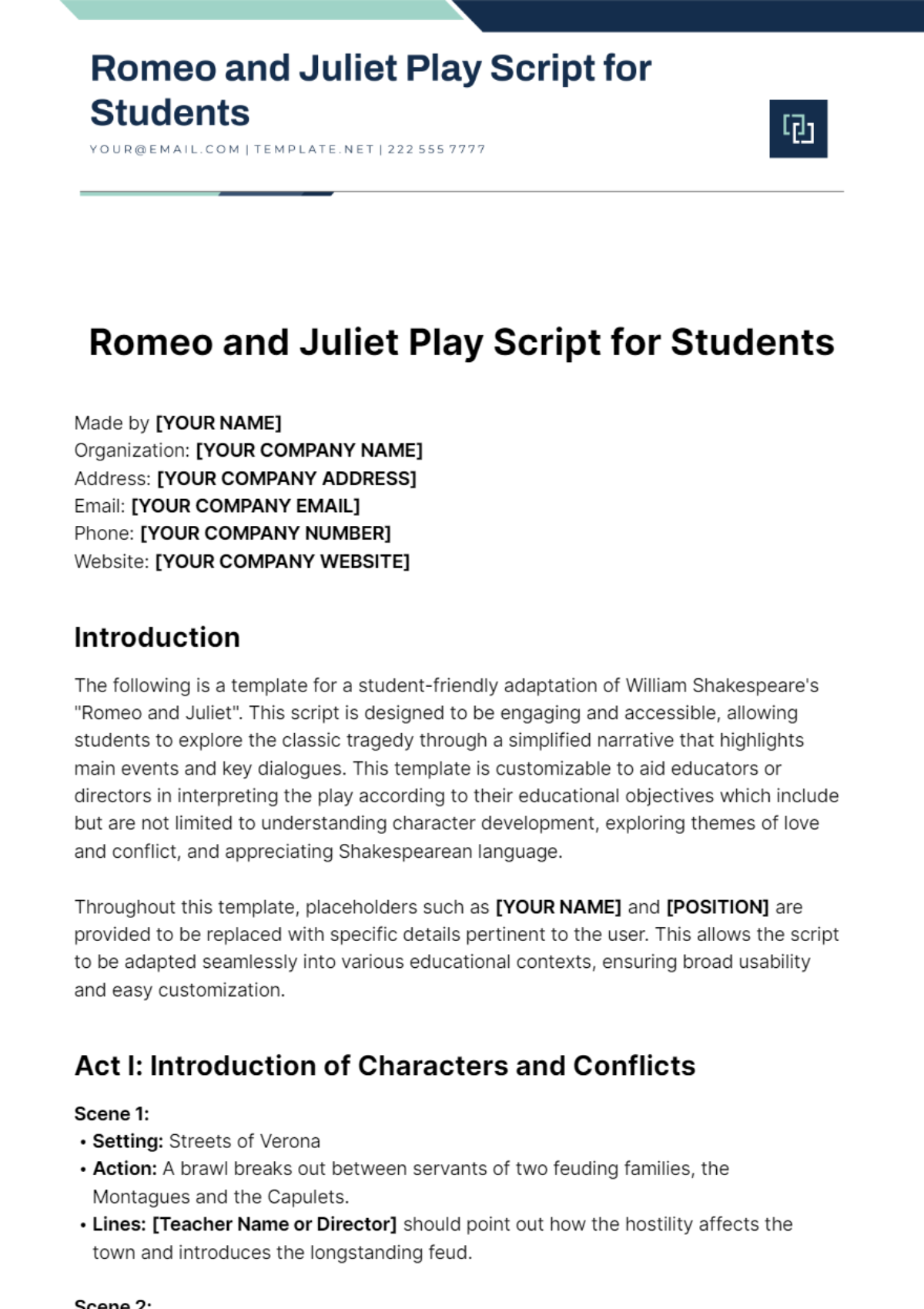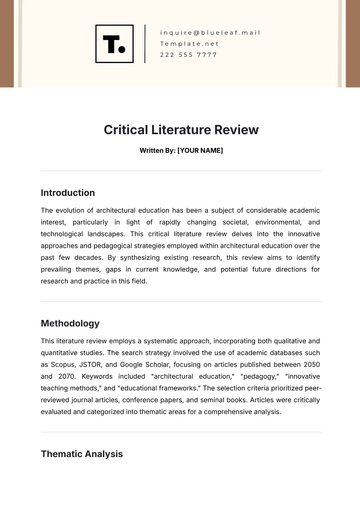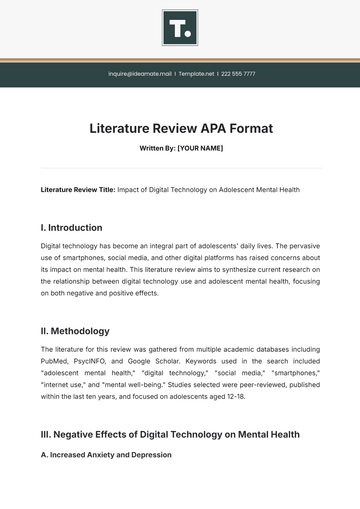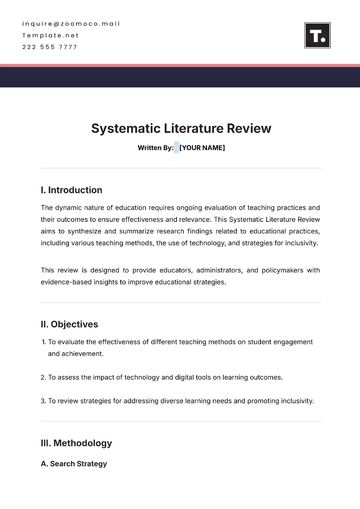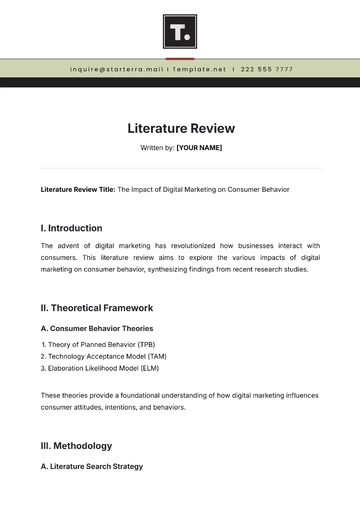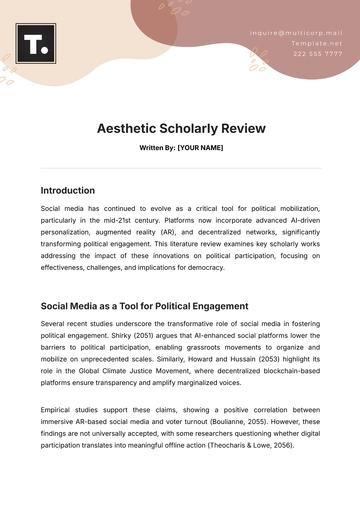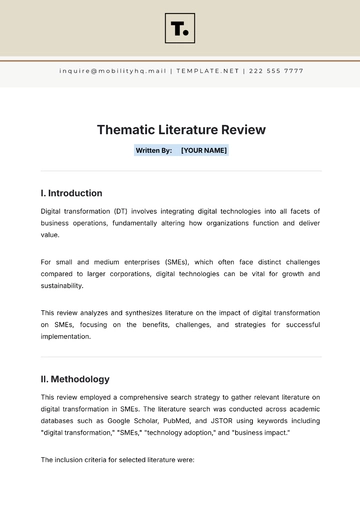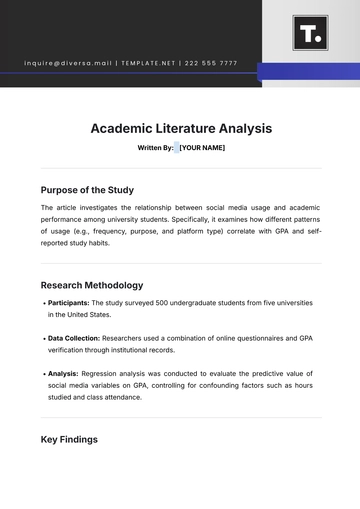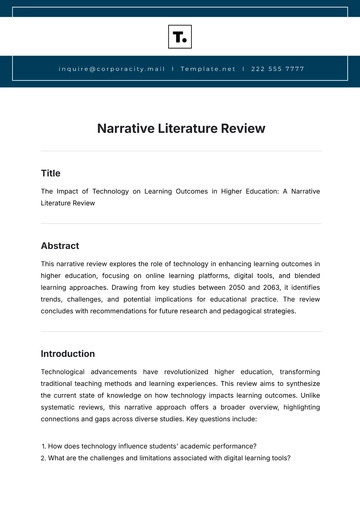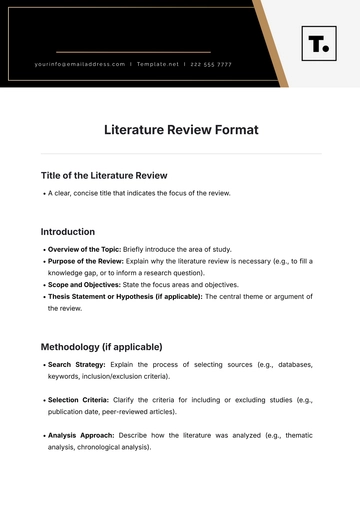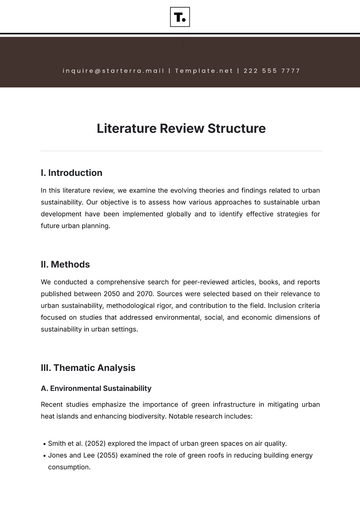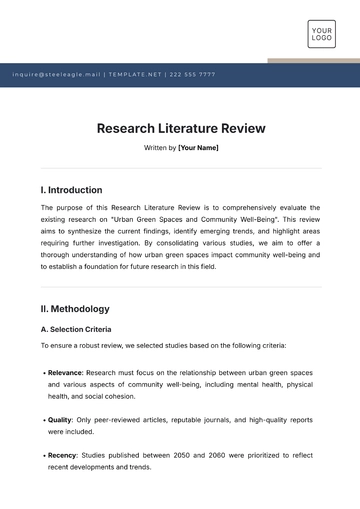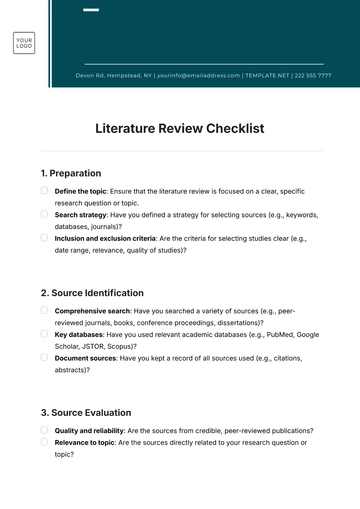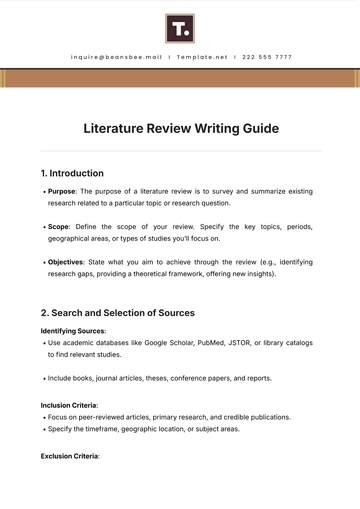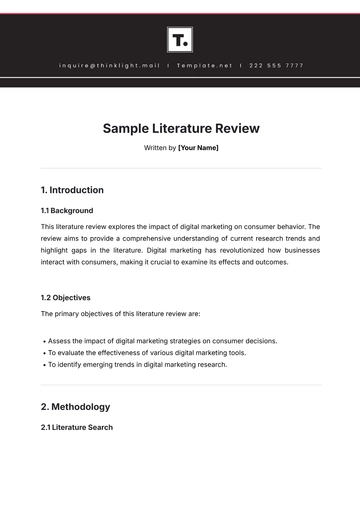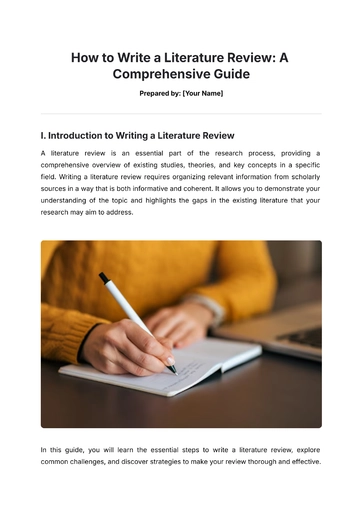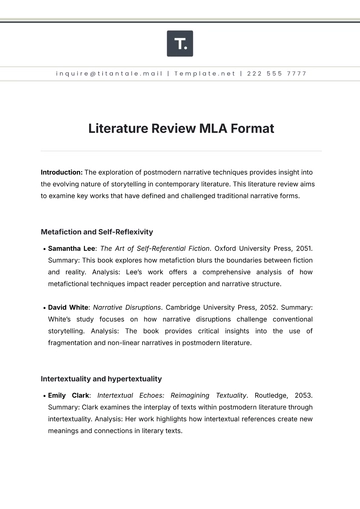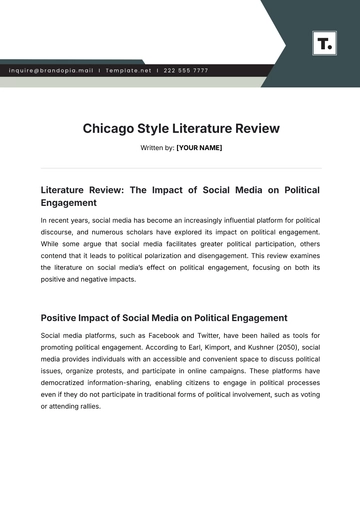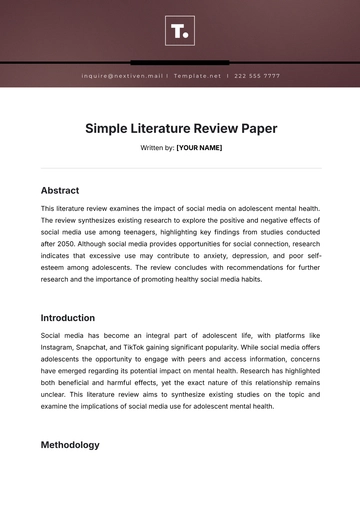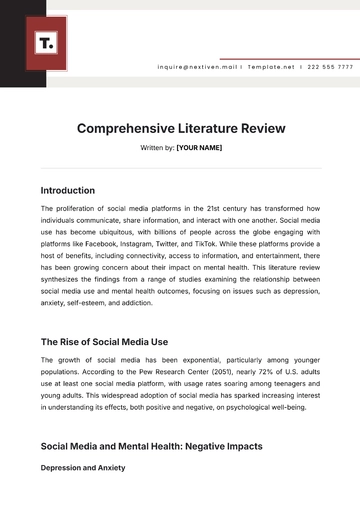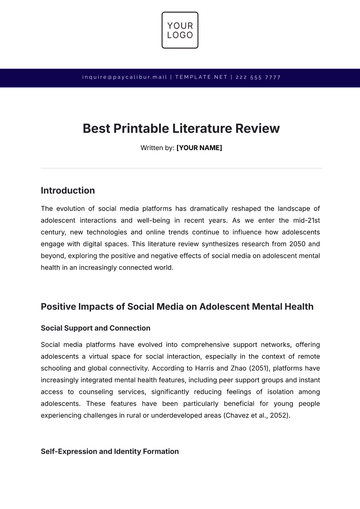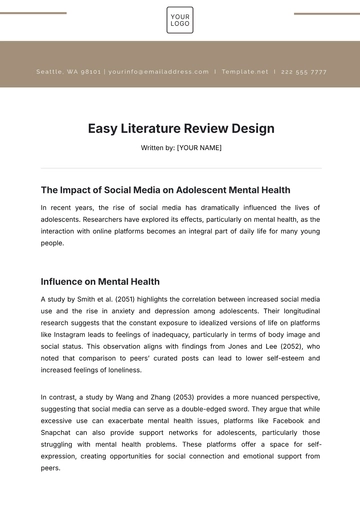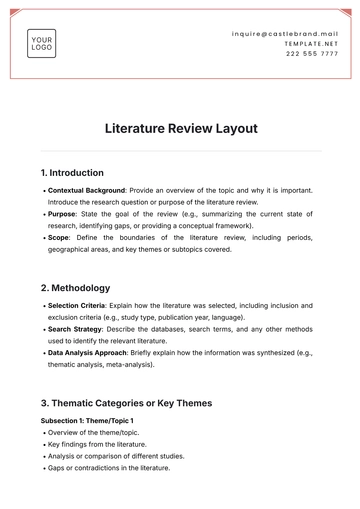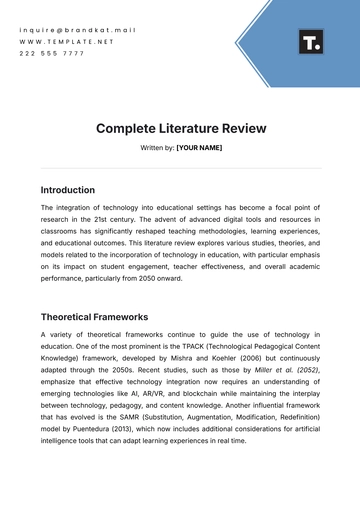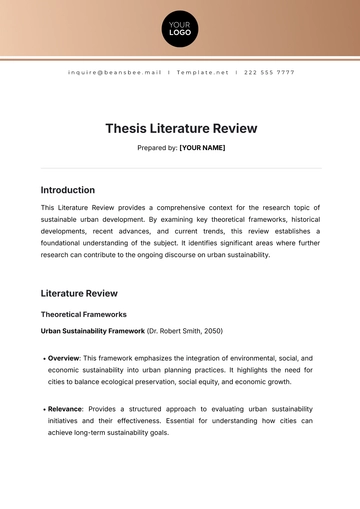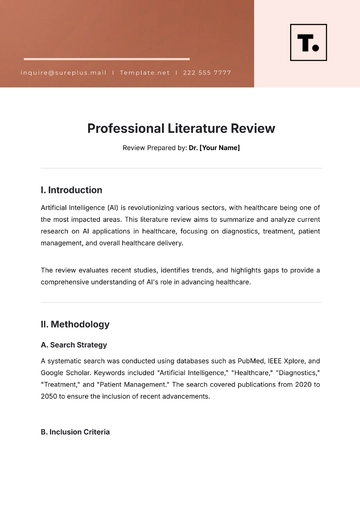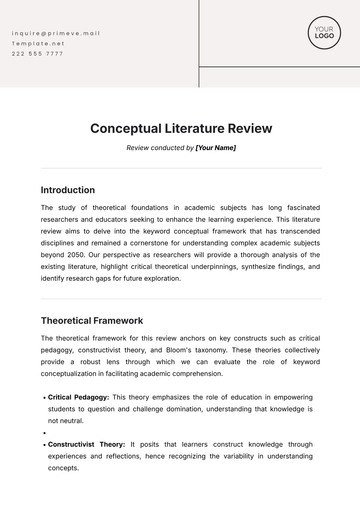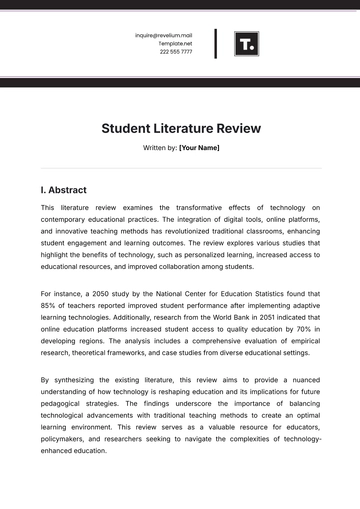Romeo and Juliet Play Script for Students
Made by [YOUR NAME]
Organization: [YOUR COMPANY NAME]
Address: [YOUR COMPANY ADDRESS]
Email: [YOUR COMPANY EMAIL]
Phone: [YOUR COMPANY NUMBER]
Website: [YOUR COMPANY WEBSITE]
Introduction
The following is a template for a student-friendly adaptation of William Shakespeare's "Romeo and Juliet". This script is designed to be engaging and accessible, allowing students to explore the classic tragedy through a simplified narrative that highlights main events and key dialogues. This template is customizable to aid educators or directors in interpreting the play according to their educational objectives which include but are not limited to understanding character development, exploring themes of love and conflict, and appreciating Shakespearean language.
Throughout this template, placeholders such as [YOUR NAME] and [POSITION] are provided to be replaced with specific details pertinent to the user. This allows the script to be adapted seamlessly into various educational contexts, ensuring broad usability and easy customization.
Act I: Introduction of Characters and Conflicts
Scene 1:
Setting: Streets of Verona
Action: A brawl breaks out between servants of two feuding families, the Montagues and the Capulets.
Lines: [Teacher Name or Director] should point out how the hostility affects the town and introduces the longstanding feud.
Scene 2:
Setting: A room in Capulet’s house.
Action: Lord Capulet talks to Paris about marrying his daughter Juliet.
Lines: This scene should focus on Juliet’s young age and her father’s concern for her happiness.
Act II: The Development of Romeo and Juliet's Relationship
Scene 1:
Setting: Capulet's Orchard.
Action: Romeo escapes from his friends, enters Juliet’s orchard and overhears her professing her love for him.
Lines: Key lines from this soliloquy should include Juliet's famous "O Romeo, Romeo! Wherefore art thou Romeo?" speech.
Scene 2:
Setting: The same.
Action: Romeo makes his presence known, and they exchange vows of love.
Lines: Emphasize the innocence and fervor of their newfound love and the famous promise scene, which should convey the profound commitment despite familial conflicts.
Act III: Climax and Conflicts
Scene 1:
Setting: A public place.
Action: Tybalt confronts Mercutio and Romeo, leading to Mercutio’s death, which prompts Romeo to kill Tybalt in revenge.
Lines: The tragic turn of events should be highlighted here, pointing out Romeo's sudden shift from love to vengeance.
Scene 2:
Setting: Capulet’s orchard.
Action: Juliet learns of Tybalt’s death and Romeo’s banishment but still resolves to reconcile with Romeo.
Lines: Juliet's conflicting loyalties to family and husband should be carefully explored, emphasizing her depth of feeling and naivete.
Conclusion
This script template is a starting point for creating a dynamic and educational performance of "Romeo and Juliet". It retains the essence of the original play while making it accessible to younger audiences. When filled in with the specific details and directorial touches, it promises to be an invaluable tool for any educator aiming to bring Shakespeare’s work to life in the classroom setting.
The template highlights where you might add or adapt certain elements to suit specific educational goals or student needs. For instance, simplifying complex dialogue, focusing on key scenes, or perhaps integrating modern elements to make the story more relatable to today's students. Be sure to update [OBJECTIVES] with clear educational aims to guide the customization of the final script.
Script Templates @ Template.net
